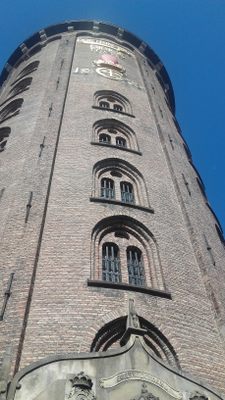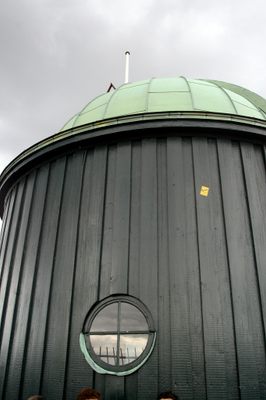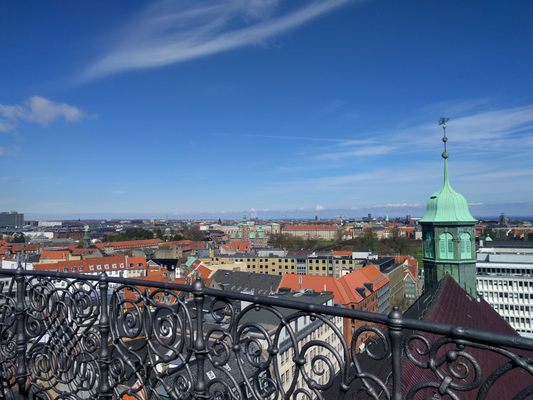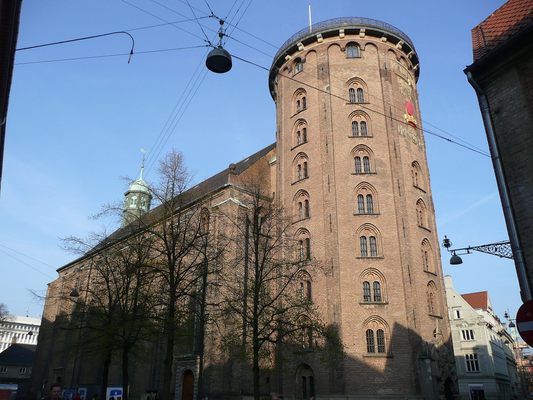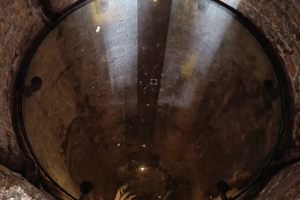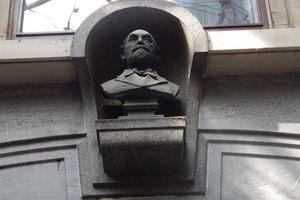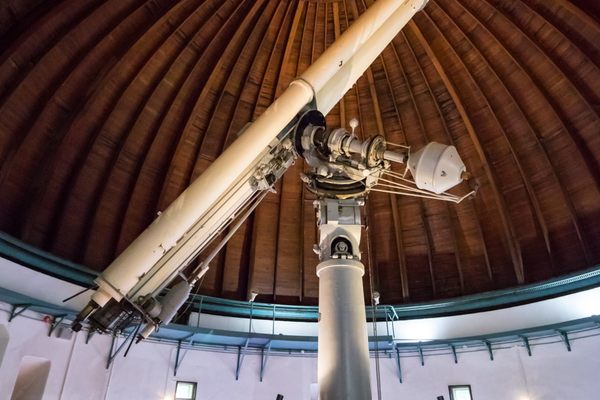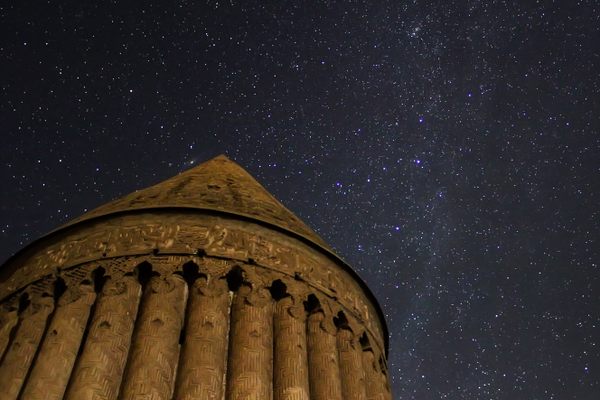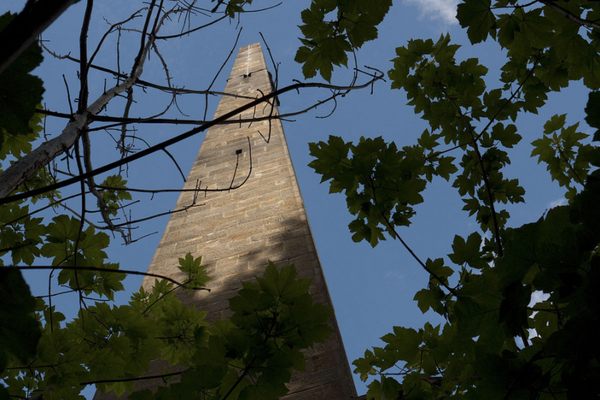About
Visiting famous landmarks in historical centers of European medieval cities often involves climbing various sorts of towers, be it a fortress, a castle or a cathedral. However, one of the most unusual of such places is situated in the heart of Copenhagen. The Rundetårn, literally the round tower, is noted for its lack of stairs. Instead this 34.8 m high tower has a smooth slanted spiral corridor. This 209m (964 foot) long spiral ramp winds itself 7.5 times round the hollow core of the tower. The tower was originally built as an astronomical observatory. The ingenious builders avoided the use of stairs in order to make the lugging and towing of heavy and fragile astronomical equipment to the top of the tower, possible.
The tower was commissioned by King Christian IV and designed by architect Hans Steenwinckel the Younger. It remained in use as an observatory until mid 19th century when light pollution from the city and vibrations from the street traffic made accurate observations impossible. Today there is still an old telescope on the roof that is used by amateurs during the winter. However, the unusual internal structure of the tower gave rise to a quite peculiar activity, racing up and down the tower with various sorts of vehicles.
In 1726, Emperor of Russia Peter the Great ascended the corridor on horseback. The first bicycle race in the tower was organized in 1888. In 1902, a Beaufort car was the first motorized vehicle to ascend this tower. The current bicycle record is 55.3 seconds and was set in 1993 by Ole Ritter in a race against Leif Mortensen. In 1989, Thomas Olsen went up and down the Rundetårn on a unicycle in 1 minute and 48.7 seconds.
The upper part of the main facade is decorated by a gilded rebus, designed by King Christian IV himself. The rebus can be read as "Lead God, the right teaching and justice into the heart of the crowned King Christian IV, 1642."
The tower also contains a toilet used by the researchers and astronomers working in the tower and consisting of a seat almost at the top and a shaft leading down to the bottom floor built into the hollow core. This shaft has no way of emptying it nor any ventilation to the outside, making it arguably one of the world's largest and earliest septic tanks.
Related Tags
Community Contributors
Added By
Published
October 11, 2009

